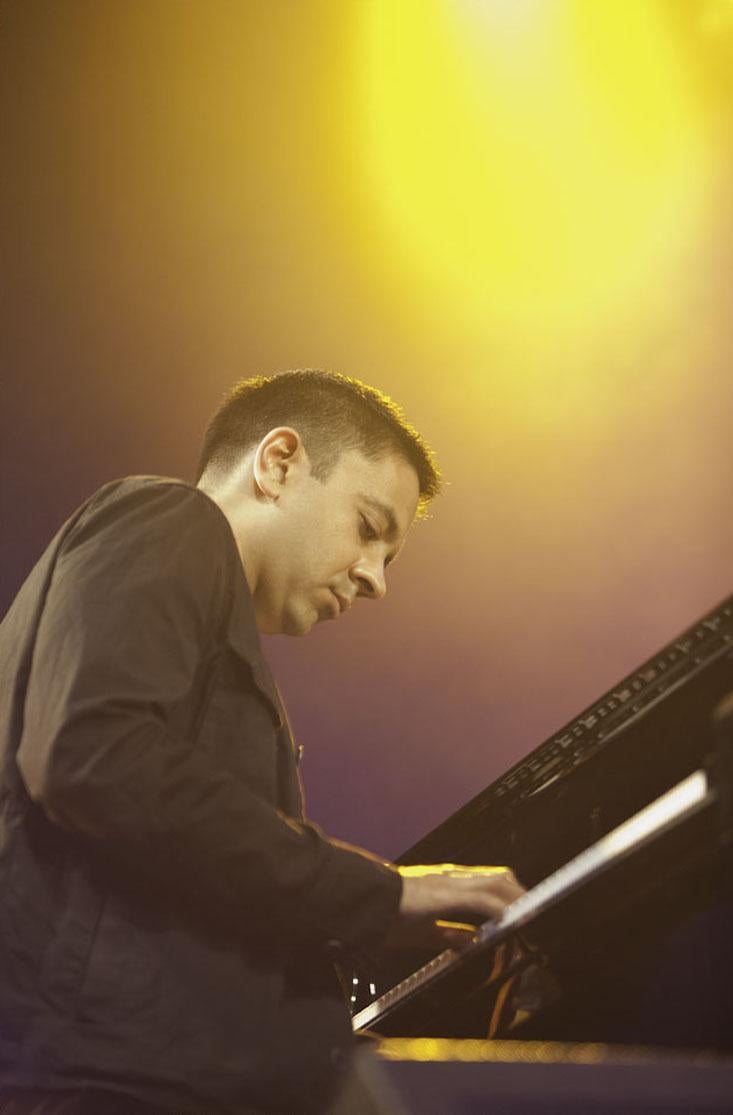
When we visited Vijay Iyer three years ago, on Sept. 11, at his home in Harlem, the monthly Nautilus theme was Genius. The jazz pianist was glad to talk about the subject and play signature pieces by Thelonious Monk and John Coltrane for us. But the first thing he wanted to tell us was he didn’t care for the label “genius.” Too often the term was used to describe a lone master, born with special genes, and that was the wrong way to think about an artist.
“The ‘G word’ is often used to shut down conversation or inquiry into a particular artist, into his or her community and connection to others,” Iyer said. “No music happens in a vacuum. Anybody who’s able to make music, who’s had the privilege of doing it for others, got there through the help of others. Even singular talents have been nurtured and brought into a community. So I always try to understand the term relationally, to understand artists in the social and political currents they were living in.”
Once you appreciate artists in their environs, you realize a select few leave their mark. Take Monk, the New York pianist and composer, who lived from 1917 to 1982, and wrote the now jazz standards “ ’Round Midnight” and “Straight, No Chaser.” “When you see the impact of Monk on the language of American music, that’s when you can start to use—and even then it’s relational—a term like ‘genius,’” Iyer said. “Certainly you can say this guy had ideas that stood out from the community he was in, that influenced that community, that stuck and are still here.”
Iyer, who has a Ph.D. from the University of California, Berkeley—his dissertation explored embodied cognition and music—and today teaches at Harvard, analyzes the morphology of jazz with the precision of a scientist. In our article, “Rhythm’s the Thing,” he explained what made the voicings of Monk and Coltrane original, and backed up his explanations with demonstrations on the piano. When our conversation rolled around to his own compositions, we asked the pianist to play a work that represented his own voice. He chose “Remembrance” from his 2006 album, Raw Materials.
The song employs rhythmic techniques from Carnatic music, or South Indian classical music, but Iyer said it’s one piece he prefers not to analyze. “I wrote ‘Remembrance’ around the time that I lost my grandparents, so I was thinking about them, and it was also in the post-9/11 time, when being in New York had a particular feeling and sensibility to it,” he said. “For me the song’s technical details were put in service of something else, and that’s what made it click for me. It’s not like I’ve never realized this before, but I feel like there was a synthesis of all the technical details on an emotional level.”
Here, on Sept. 11, is Iyer playing “Remembrance” in his Harlem home:

Kevin Berger is Nautilus’ features editor.






























